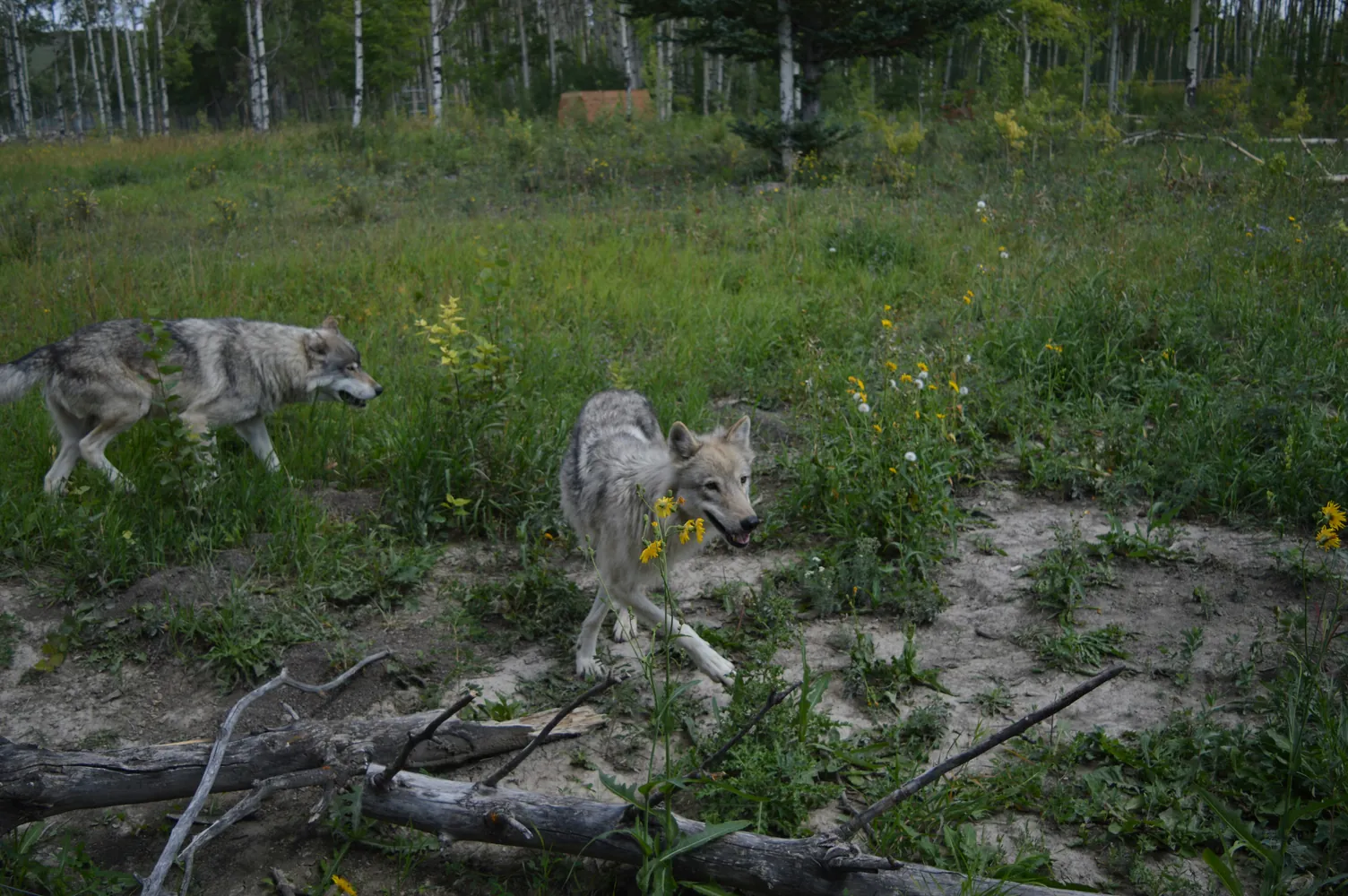The Vital Contribution of Predators like Wolves to Ecological Stability

The Role of Apex Predators in Ecosystems
Apex predators, such as wolves and sharks, occupy the top tier in their respective food chains. They are pivotal in maintaining the health and balance of ecosystems by regulating prey populations and providing stability. The removal or reintroduction of these predators can lead to profound changes across the entire ecosystem. This complex interplay is what ecologists refer to as 'trophic cascades.'
One illustrative example comes from the reintroduction of wolves to Yellowstone National Park in 1995. Before their return, the absence of wolves led to an unchecked elk population, which overgrazed on willow and aspen trees, crucial habitats for many other species. Once wolves were reintroduced, they reduced the elk numbers and altered their grazing patterns, allowing these tree populations to recover. This recovery had a cascading effect, benefiting a range of species from beavers, which use willow for dam building, to various bird species that nest in the trees.
Understanding Trophic Cascades
Trophic cascades refer to the top-down effects predators have on ecosystems. By keeping herbivore populations in check, predators ensure plant communities are not over-consumed, which in turn preserves habitats and food sources for other animals. These effects can be visualized as ripples spreading through a pond when a stone is tossed in.
A classic marine example is the relationship between sea otters, sea urchins, and kelp forests. Sea otters predate on sea urchins, controlling their population. In areas where sea otters are depleted, sea urchin numbers explode, leading to overgrazing on kelp forests. Kelp provides habitat for numerous marine species; thus, its destruction has wide-reaching consequences.
The Ripple Effect Across Land and Sea
In terrestrial ecosystems, apex predators such as wolves influence more than just their direct prey. Their presence can alter the behavior of other carnivores (e.g., coyotes) and scavengers (e.g., ravens). These animals adjust their behaviors to avoid competition or to capitalize on predator leftovers.
In aquatic systems, sharks perform a similar role. As apex predators, they control the population sizes of various marine animals below them in the food chain. For instance, studies have shown that removing sharks from coral reef environments can lead to an increase in mesopredators like smaller fish species, which then consume greater quantities of reef-dwelling organisms, disrupting the ecological balance and affecting coral health.
Impact on Biodiversity
Biodiversity refers to the variety of life within an ecosystem, and it is crucial for resilience against environmental changes. Predators indirectly support biodiversity by keeping prey species' numbers in check. If prey species grow too numerous, they can exhaust resources that are also needed by other species.
For example, in African savannas, lions and other large cats help maintain diversity by controlling herbivore populations such as zebras and wildebeests. This regulation prevents any one species from dominating the landscape and allows for a variety of plant life to thrive, which supports a wide array of organisms.
Practical Steps for Conservation
- Habitat Protection: Ensuring predators have vast territories free from human encroachment can support their populations and encourage natural behaviors.
- Reintroduction Programs: Carefully managed reintroduction efforts, like those seen with wolves in Yellowstone or tigers in India, can restore ecological balance.
- Public Awareness: Educating communities about the ecological roles of predators can garner support for conservation initiatives.
Incorporating these strategies involves complex decision-making processes that weigh ecological benefits against potential socio-economic costs. For example, reintroducing wolves might raise concerns among ranchers worried about livestock safety. Here, compensation programs and preventive measures such as better fencing can be implemented to mitigate conflict.
Challenges Faced by Apex Predators
Apex predators face numerous challenges that threaten their survival and thus the health of their ecosystems. Habitat loss due to urban development encroaches upon the territories required for hunting and breeding. Additionally, climate change alters habitats faster than many species can adapt, impacting food availability and altering migration patterns.
Illegal hunting and poaching also pose significant threats. Despite international protections for many apex predators, enforcement can be weak due to insufficient funding or political will. Innovative solutions such as community-based conservation efforts have shown promise by involving local populations directly in protecting wildlife.
The Case for Predator Protection
Protecting apex predators requires international cooperation and a multidisciplinary approach involving ecology, sociology, and economics. Such protection yields long-term benefits that often outweigh immediate challenges by ensuring ecosystem services like clean air and water, carbon sequestration through healthy vegetation, and the cultural value derived from diverse wildlife experiences.
The Future of Predator Conservation
The path forward involves adaptive management strategies that consider ongoing scientific research and evolving environmental conditions. Monitoring programs utilizing modern technology like GPS tracking and drones provide valuable data on predator movements and behaviors.
Conservationists are increasingly turning to ecological corridors—landscape linkages that connect fragmented habitats—to support genetic diversity and allow safe passage for migrating animals. Such corridors enhance landscape connectivity vital for predator movement between protected areas.
Lastly, embracing indigenous knowledge systems offers complementary perspectives and practices rooted in sustainability and coexistence with nature. Indigenous communities have managed lands effectively for generations and can offer insights into living harmoniously with apex predators.
In conclusion, apex predators like wolves and sharks are fundamental pillars of ecological stability. Their presence ensures balanced ecosystems capable of sustaining diverse life forms. Efforts to protect these creatures benefit not only individual species but also entire ecosystems upon which we all depend.
